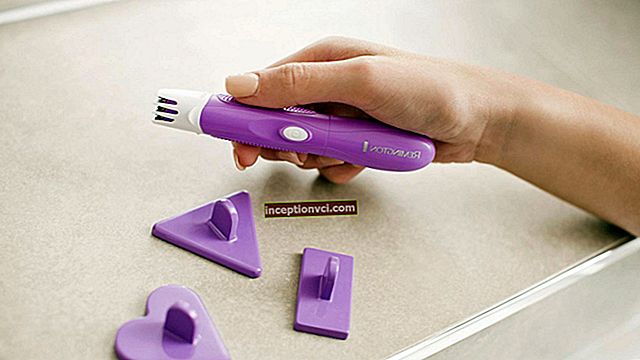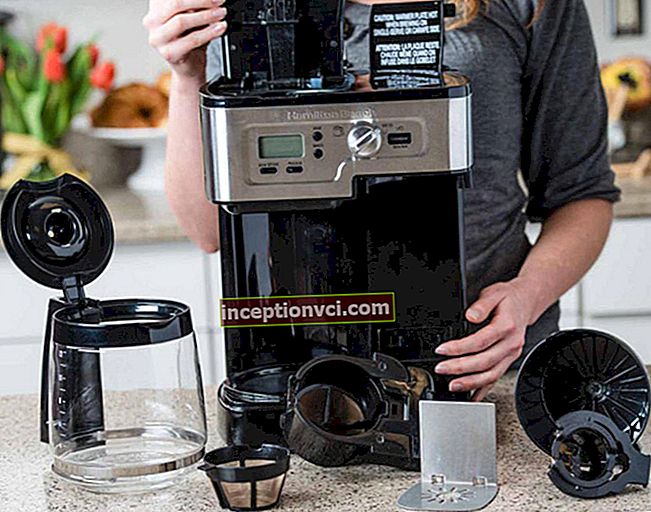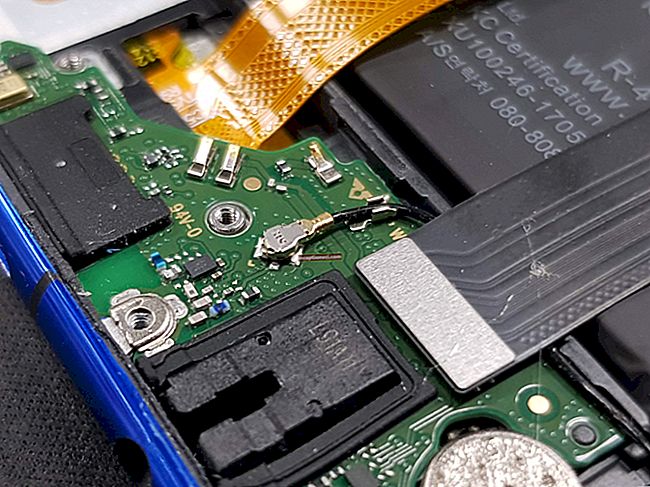An uninterruptible power supply (UPS or UPS) is an automatic electronic device with a rechargeable battery designed to provide uninterrupted short-term power to a computer to save data in the event of a sudden drop or loss of the input power supply to the system.
The state of our power supply networks is such that fluctuations in current parameters are common. At the same time, fluctuations in the supply voltage for electrical appliances should not exceed ~ 7% of the nominal. For digital technology, this figure is ~ 3%. Worst of all is a complete power outage in the network. Among the main problems are the following:
- mains voltage failure (complete power off);
- high-voltage impulse noise with a duration of 10-100 milliseconds;
- voltage dips and surges (long-term and short-term);
- high frequency interference;
- deviation of the current frequency by more than 3 Hz.
Due to such interruptions, household electrical appliances fail. The problem is solved by using an uninterruptible power supply (UPS). By purchasing a UPS for your home, you will reduce the risks associated with current fluctuations in the network, as well as ensure the autonomous operation of the equipment for the time it takes for a safe shutdown.
How to choose a UPS? How much will it cost? Uninterruptible power supplies have the following characteristics:
- UPS type;
- power, which is measured in volt-amperes, VA or in watts, W;
- battery life;
- time of switching the UPS to the battery and vice versa;
- the presence of filtering that suppresses impulse voltage fluctuations in the network.

What and how to connect to the UPS
Most often they buy a UPS for a computer. The monitor and the system unit are the most sensitive devices. If the printer has low power, then it is also connected to an uninterruptible power supply. Usually, there is a dedicated connector on the rear panel for this.
The rest of the devices are connected through a surge protector.
The uninterruptible power supply must be kept connected to the network at all times. If this is not done, the battery will quickly fail. Also, the UPS cannot be disconnected from the mains after a complete power outage in the mains - the battery must be recharged as soon as the power supply resumes.
Step 1. Type of uninterruptible power supply
The type of uninterruptible power supply is selected based on the nature of the interruptions. What are the types of interruptions and what types of UPS are better to choose:
- if interruptions are rare, then a backup uninterruptible power supply (also called offline) is recommended. These are the cheapest devices. The principle of their work is that in the event of a power surge or its disappearance, transfer the computer or other device to battery power. This type of UPS has disadvantages:
- response time, which is about 10 milliseconds. Unfortunately, sometimes this is not enough and the computer still turns off without saving data;
- if your home voltage constantly jumps - such a UPS constantly switches to battery power, which reduces its resource.
- if interruptions occur frequently, an interactive uninterruptible power supply is the best solution. The difference compared to the previous type is in two points:
- they work faster - they switch to battery mode in 2-5 milliseconds;
- before switching, they try to equalize the voltage, which works effectively with minor surges. As a result, battery life improves and you save tons of money.
There is another type of UPS - the so-called. online UPS. These are the most efficient, real-time voltage regulating uninterruptible power supplies that run through the battery.They are also called double conversion UPS. You have to pay for efficiency, they are expensive and therefore such UPSs are used for professional equipment, for example, servers.
The UPS must be grounded. For a number of devices, the voltage stabilizer will be inoperative if there is no grounding. Some manufacturers disclaim responsibility if their equipment was operated without grounding. 
Step 2. Power of the uninterruptible power supply
A distinction is made between the following UPS categories, depending on the capacity:
- low power devices - up to 1000 VA. They are used to protect personal computers. Most often refer to the backup or line-interactive type;
- medium power devices - from 1000 to 5000 VA. Suitable for small local area networks or small servers. They are usually interactive, less often online;
- large - 5000 VA and above. Designed to ensure the security of servers or large groups of computers. Most often they are of the online type.
When choosing a specific model, we remember a simple rule - the power must exceed 20-30% of the connected device. Such a margin is needed for the correct operation of the device. Plus, if you upgrade your computer - add a new cooler, memory module, second graphics card - you don't have to buy a new UPS.
To determine the required power for the UPS, refer to the maximum power value marked on the power supply.
You can go the other way.
Let's say your power supply is 500W, but your computer draws no more than 200W. Accordingly, a UPS with a capacity of 500 W (+ 30% in reserve) will not be fully used. Estimate the real power consumption. It's easy to do: go to the website of the UPS manufacturer and select the computer configuration based on the components. As a result, we will find out what the power of the UPS is.
Insects are a common cause of UPS failure. They love heat, and the high-voltage components of the UPS, such as the inventory, give off excess heat. Power modules fail due to short circuits caused by insects. Disinfection in the rooms where the UPS is operating must be regular.
Step 3. UPS runtime
Uninterruptible power supplies operate autonomously from 1.5 to 15 minutes. If we are talking about a UPS for a home computer, then the standard operating time of a small UPS is 7-10 minutes. It makes no sense to take a more powerful one. In five minutes, you will have time to save everything you need and properly shut down your computer.
When choosing a UPS for servers and local area networks, consult a specialist about the required battery life.

Step 4. Time to transfer to UPS battery mode
Electrical appliances can withstand interruptions of up to 100 milliseconds. Most UPSs manage to switch in 4-10 milliseconds, but the lower the number, the better.
Most UPSs only come with 2 cables. If there are more devices, then you will need an additional cable.
What else you need to pay attention to when buying an uninterruptible power supply:
- UPS not only for the computer, but also for the peripherals. If you plan to connect other devices - printer, scanner, TV, modem - pay attention to the presence of special sockets with protection against power surges;
- Choose a UPS with convenient indication of its status. Almost all devices are equipped with a sound information system. Some UPSs are equipped with displays. This is useful for monitoring current parameters;
- to ensure data security with the UPS, special programs are supplied in the kit. This software shows the mains parameters and the operating status of the device. In the event of an extended network failure, such software automatically saves data in open applications;
- when the UPS is operating, they produce noise at the level of 40-45 dB at a distance of 1 m. Not loud, but noticeable. Therefore, it is better not to put it in the bedroom.
Let's summarize.The first thing you must decide on is the type of UPS, which in turn depends on the nature of the problems with the power supply. After that, calculate the power, taking into account the stock of 20-30%. The third important point is battery life.









